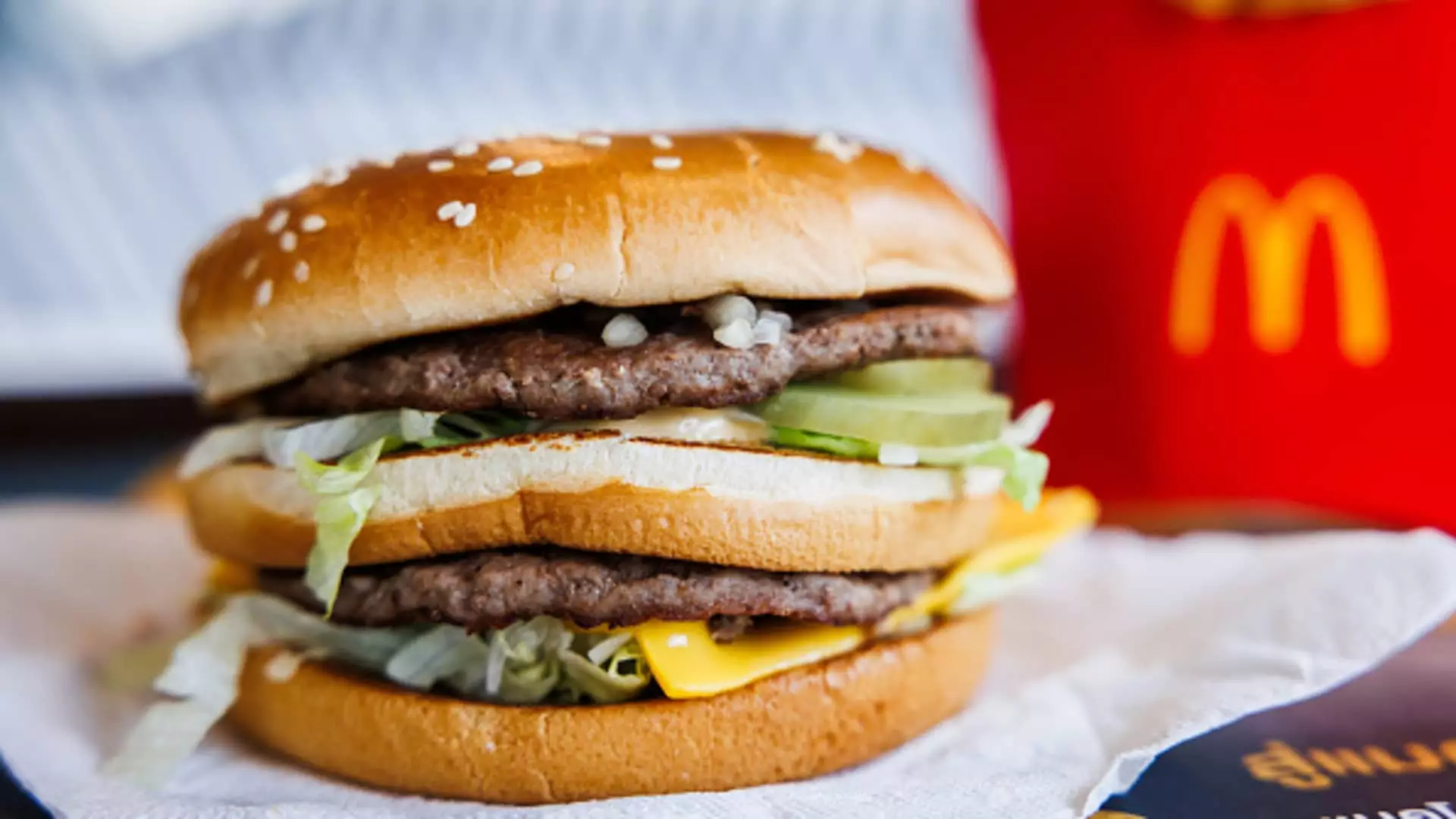Despite being a dominant force in the fast-food industry, McDonald’s is currently facing a significant challenge regarding the perception of its prices. Lower-income consumers, who have been heavily impacted by high inflation, are now finding McDonald’s prices too high. This has led to a noticeable decline in same-store sales across all divisions, prompting company executives to address the issue during the second-quarter earnings call.
McDonald’s CEO, Chris Kempczinski, admitted that the company needs to evaluate its pricing strategy more closely. He highlighted the importance of creating value for consumers and acknowledged the shrinking gap in value leadership compared to key competitors. It is evident that recent price increases have caused consumers to rethink their purchasing habits, resulting in reduced spending on fast food, especially among lower-income individuals.
The Impact on Global Markets
The challenge of high prices is not limited to the U.S. market, as McDonald’s is also experiencing consumer pullback globally. Families in European markets, in particular, have been affected, further complicating the company’s efforts to drive growth. McDonald’s US President, Joe Erlinger, emphasized the need to consider economic factors and the rising cost of living when developing strategies to regain market share and achieve sustainable growth.
In response to the pricing concerns, McDonald’s decided to extend its $5 value meal offering beyond the initial four-week period. This move was well-received by customers, leading to increased restaurant visits and positive feedback on affordability. Despite the success in attracting lower-income consumers and improving brand perceptions, the impact on sales growth has yet to be fully realized.
McDonald’s has a long-standing reputation for offering value to customers, with Kempczinski highlighting the brand’s competitive advantage in purchasing goods at lower prices. The $5 value meal promotion exemplifies McDonald’s commitment to value, but the company must find ways to translate increased guest counts into sustainable sales growth. As the economic landscape remains competitive, McDonald’s faces the challenge of maintaining its market position while adapting to changing consumer behaviors.
McDonald’s must address the pressing issue of perceived high prices to retain its competitive edge and attract a broader customer base. By reevaluating its pricing strategy, focusing on creating value for consumers, and leveraging its competitive advantage, McDonald’s can navigate the current economic challenges and position itself for long-term success in the fast-food industry.

